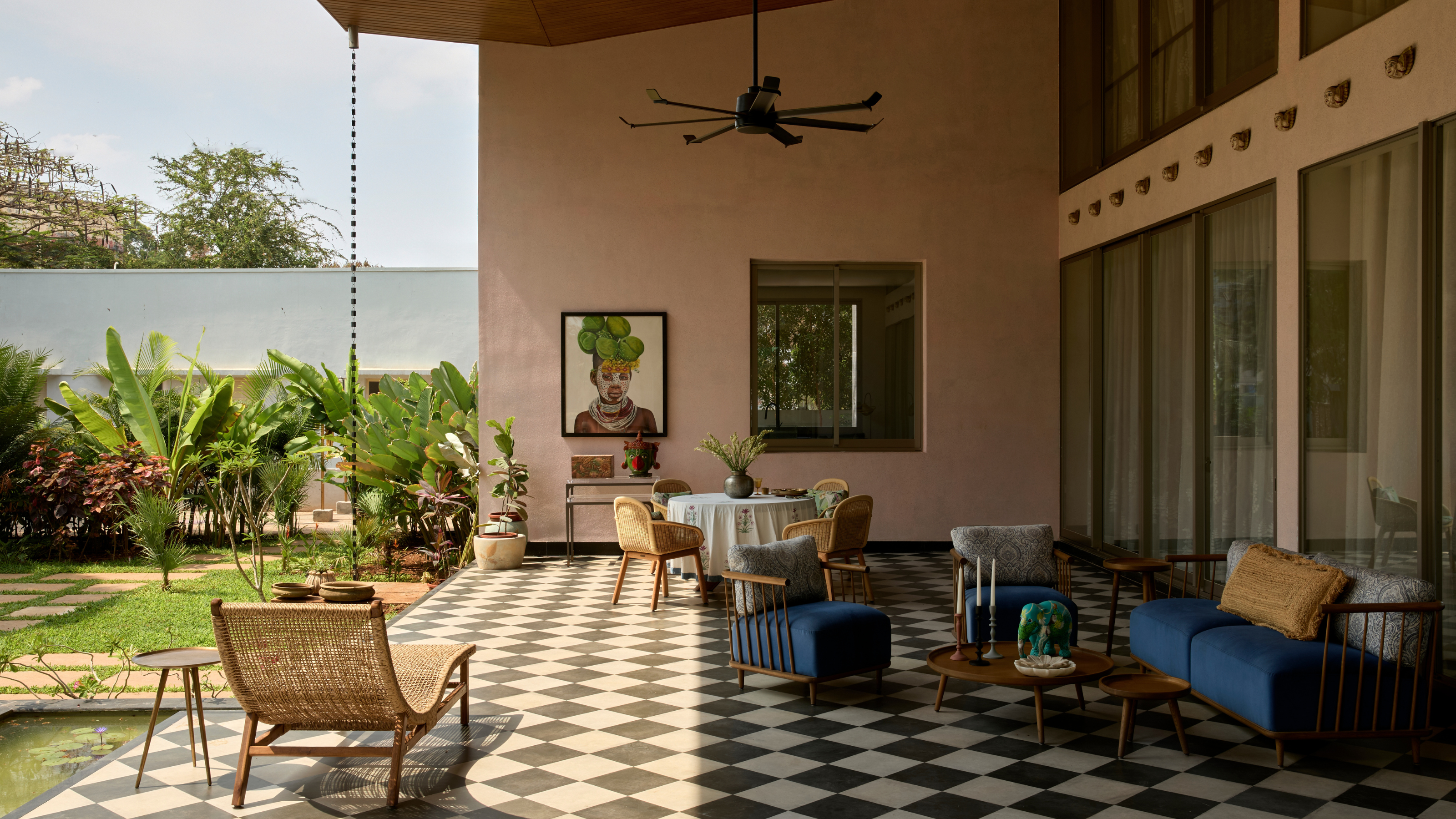
For those of us without the gift of a green thumb, a beautiful patio is the perfect solution for a summer spent outdoors. All the joy of lazing around on your sun lounger, without any of the hard work of tending to a garden full of plants. Just imagine: feet up, wine in hand, basking in the glory of your perfectly outdoor area.
It's an appealing image, and one that can make many of us rush through the building process, motivated solely by the promise of a beautiful, patio ideas to live out our days. However, as you'd quickly find out, there are several mistakes to be made when designing a patio, many of which can quickly destroy this summertime fantasy.
So, if you want a patio that lasts, you're best off listening to the advice of our experts. By avoiding these 5 mistakes, you'll be well on your way to designing a patio that will be the highlight of your home.
1. Ignoring Drainage
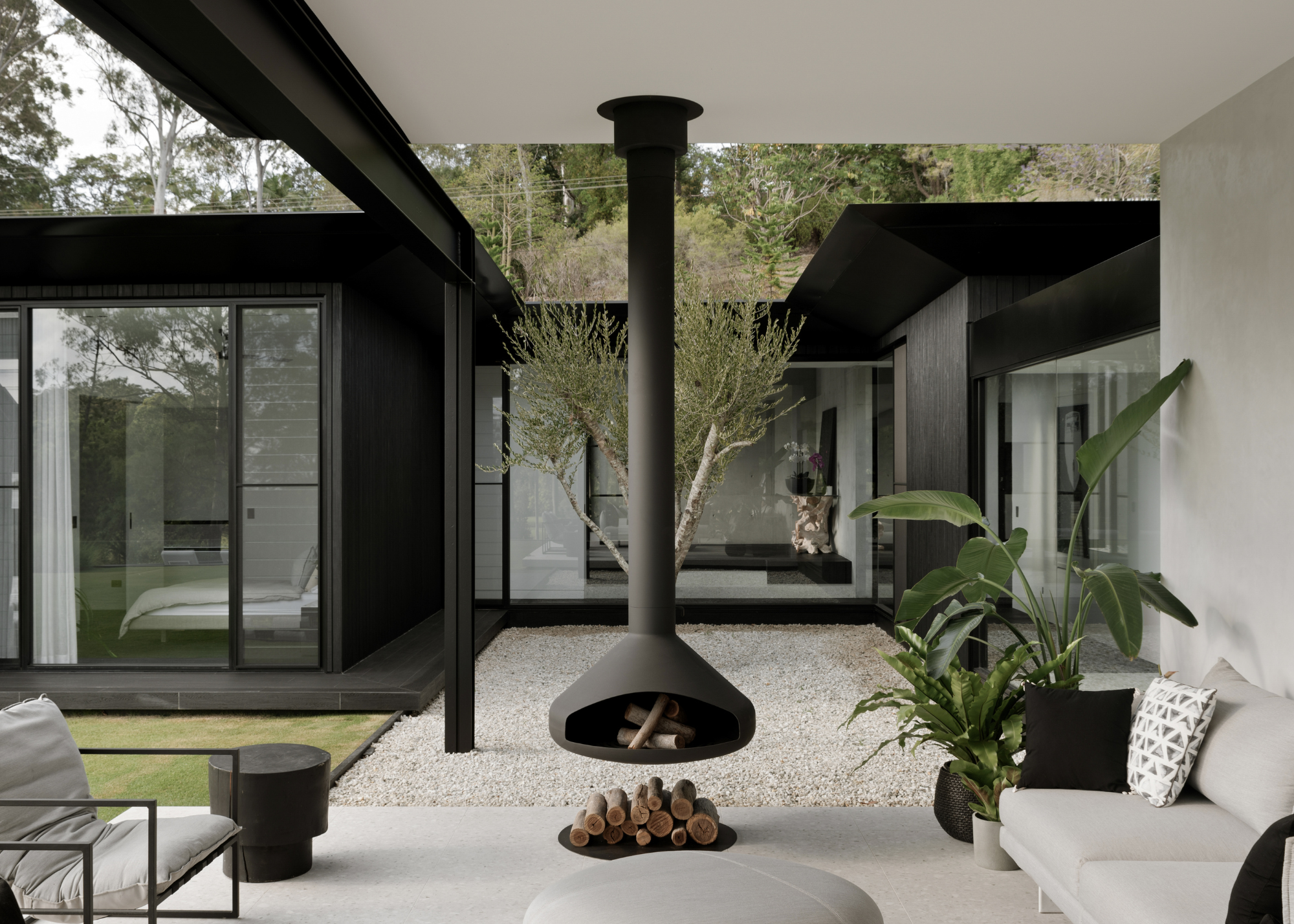
"One of the biggest mistakes you can make is forgetting to think about water runoff and not including drainage," comments Josiah Stoltzfus, from Sauders Hardscape Supply.
This kind of mistake is common with those who focus solely on the aesthetic appeal of their patio design and forget to consider the necessary functional aspects. But, these functional aspects don't have to be in opposition with the visual appeal; solutions like rain chains bring a stylish touch to a functional feature.
As designer Rachel Blindauer says, "It’s astonishing how often patios are built without proper slope or a plan for runoff."
This surprisingly common mistake can have disastrous consequences, though, with the potential to destroy the patio you spent so long working on.
"The result? Puddling, mildew, or worse — water seeping into the foundation," explains Rachel.
2. DIY Delusions
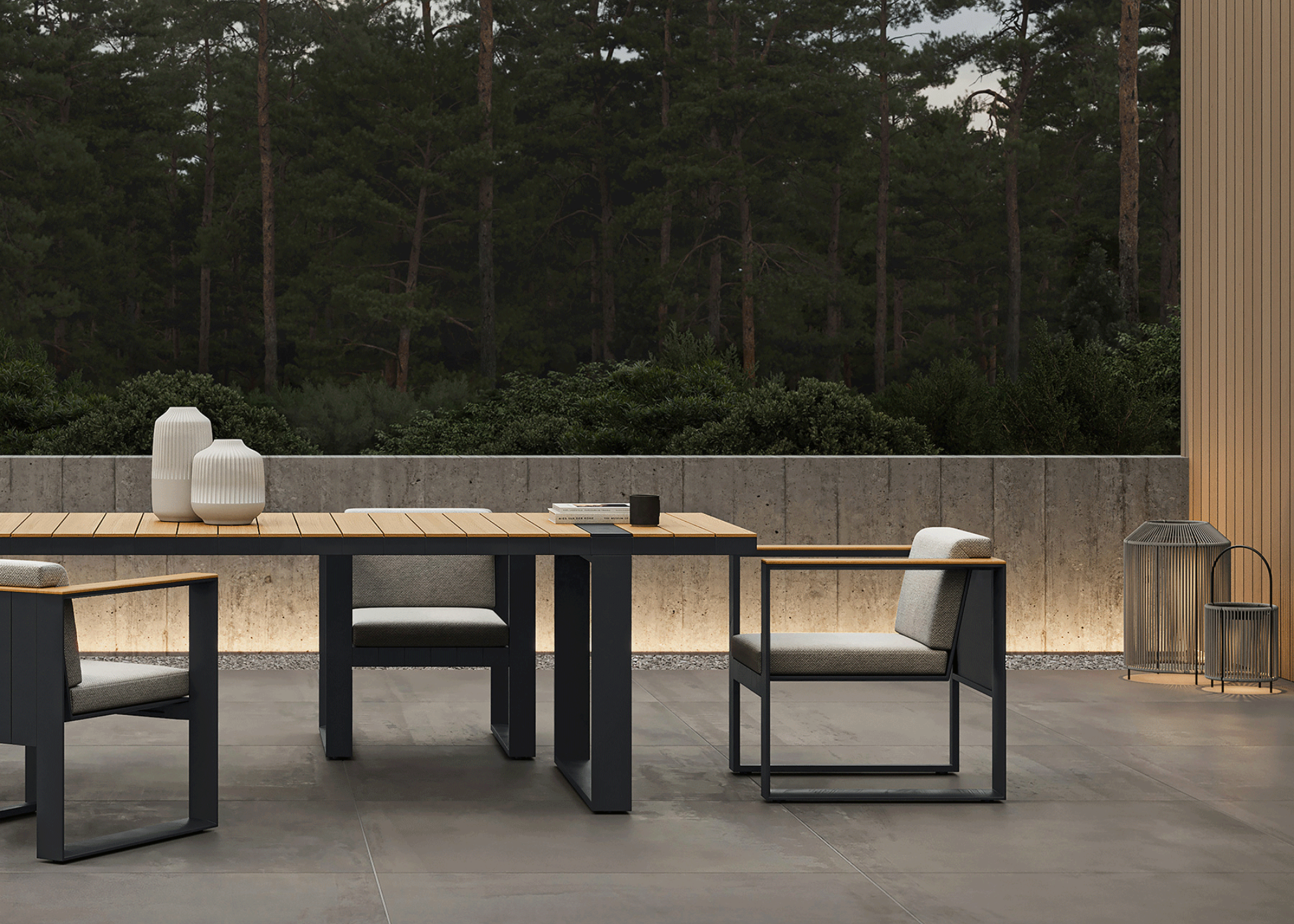
We're no stranger to an overambitious DIY job, but if there's one place to rely on the experts, it's on your patio. Listen, we're not saying we don't believe in your skills, it's just that this might not be the right place to test it out.
As Joe Rabione, VP of design at Oldcastle APG, says, "If you don’t have DIY experience, it’s best to work with professionals to design and install your patio."
There's a huge amount of detail and precision that goes into designing a functional, beautiful patio, much of which can get lost when you attempt to do it yourself.
"They can help ensure you have a design that works best for your space, including all the features you want, or offer a phased approach if you have budgetary or construction limitations," Joe explains, "They will also be more skilled with materials like hardscapes, which sometimes have to be cut down to the appropriate size to fit within your space."
If you are itching for an outdoor project, a DIY canopy may be a better place to begin, plus, they can make a perfect accompaniment to your patio.
3. Incorrect Material Choices
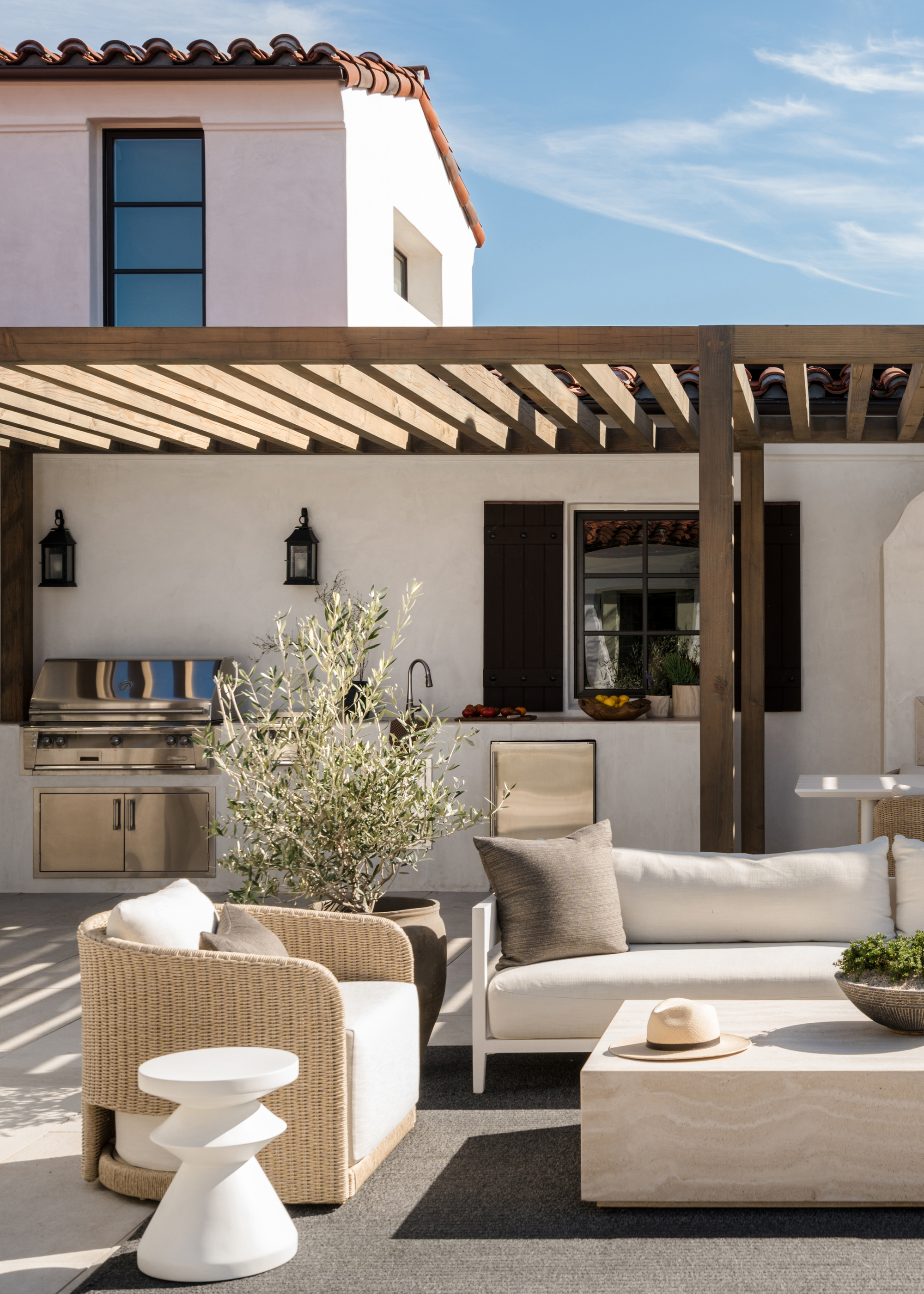
Material is everything when it comes to your patio, and the wrong choice can have irrevocable effects on the look and feel of your outdoor space.
While you may have fallen in love with an image of a Mediterranean patio you spotted online, and are desperate to recreate that look in your own backyard, it's important to remember that patios are not a one-size-fits-all, and what works beautifully for one person may not be quite the same for you.
As Rachel says, "That beautiful limestone might be slip-prone when wet, and that dark composite deck might be scorching underfoot."
This, like so many mistakes, is largely the result of a looks-focused approach to design.
"The other big mistake is picking materials that look nice in the showroom but don't work in real life," comments Rob Howard, founder of Stone Solutions Maine, "Sometimes it's about cost — going with the cheapest option usually means you'll pay more in the long run when you have to fix or replace everything."
Instead, Rob suggests, "For materials, I stick with what I know works in our climate. Natural stone is almost always a safe bet — granite and bluestone have been handling Maine weather for decades. If we're going with manufactured pavers, I use ones that are specifically rated for freeze-thaw conditions and have some texture for traction."
The climate in which you live should be one of the major determining factors in the way your patio looks. If you live in a particularly rain-prone region, your patio design should reflect this, with extra measures taken to account for any excessive rainfall.
"Materials should not only look right — they should feel right in the region’s sun, rain, and freeze-thaw cycles," says Rachel.
4. Not Thinking About the Bigger Picture
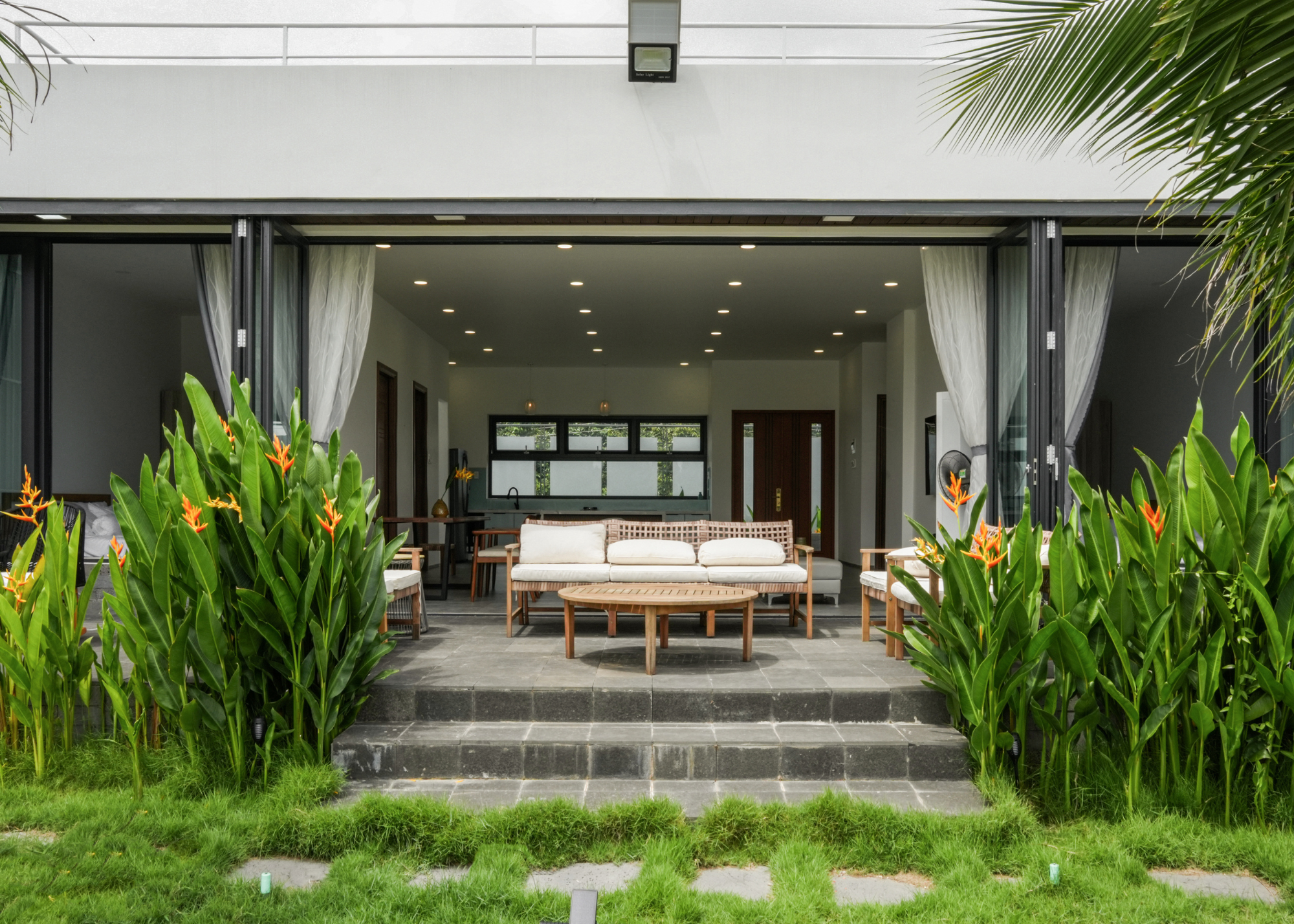
"A big mistake is using a joint material that does not work with the base material," comments Josiah.
Yet another symptom of the looks first, functionality second mindset - this is a mistake that can ruin the usability of your patio.
"For instance, if you have a joint material that allows permeability, you also need a base material, such as 2B stone, that allows water permeability," he explains.
While the joint material you use may feel like somewhat of a throwaway decision, it can have major impacts on your final result, especially if it isn't compatible with your base material.
"You must consider the joint material and joint width of the pavers before starting the project," says Josiah, "Your joint material could affect what you use for base material. The joint material can also affect what type of paver you use. If you need a specific joint width because you want to use a certain joint material, you will need to choose the paver style accordingly."
The beginning of a beautiful patio is a carefully selected choice of hardscaping materials, so pay attention to the choices you make.
If you want to recreate that luxury, boho Mediterranean look on your patio, this is the perfect accessory to add to your design. The gently antiqued patina of the surface material provides a worn-in appeal, giving your space a more laid-back feel.
We're all about that 'bringing the inside outside' look, and an outdoor rug is undoubtedly one of our favorite ways to achieve it. The undulating lines sported by this cool, green design evoke the feeling of nature, mimicking the movement of a wave, making it the perfect addition to your patio.
Want to know the benchmark of a certifiably cool outdoor area? It's a portable light. And this hand-blown glass lantern model is the top of our list. Hung from a tree or placed on the floor, this lamp brings an elevated, chic feel to any corner of your patio.
"Designing a patio is like designing a conversation between the house and the landscape. You’re not just building a surface. You’re shaping how people gather, pause, and pass through," says Rachel.
And now that you've designed the perfect patio, all that's left is investing in some of the hottest outdoor furniture trends to complete the look.







